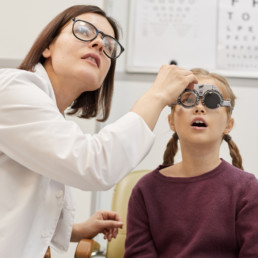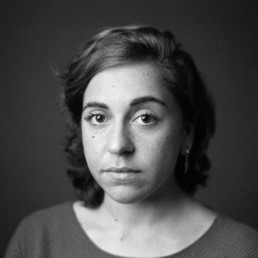Share on
If you ask your child to draw “seeing”, they are most likely to draw a pair of eyes. This is because from early childhood, we are taught to link vision with our eyes. Beauty is in the eyes of the beholder, after all. Or is it?

An important fact that we don’t talk about often enough, is that our vision depends on our brain as much as it does on our eyes. Our eyes are equipped with different types of sensors that allow them to detect and process light. Before the light pattern becomes a meaningful image however, it first must travel through what is known as the visual pathway. The visual pathway is a route connecting the eyes and the brain. While the eyes detect light patterns, this light only becomes a meaningful image to us when it reaches the brain. The two work together continuously to generate many images, helping us keep a constantly changing visual representation of our environment. Just like watching a movie!
The eye is made up of five main components: the cornea, the pupil, the iris, the lens and the retina.
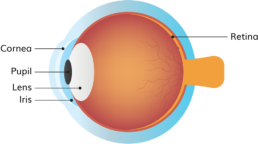
Let’s say that you are looking at an object, and that object is your goldfish. Firstly, light rays bounce off the goldfish and get reflected to your eye. The light enters through what is known as the eye’s window, the cornea. The cornea gathers the light rays and puts them in focus to make your goldfish appear sharp. The dark part of your eye, the pupil, is responsible for how much light can get in. It’s like a window that constantly opens and closes. The opening of the pupil is controlled by the colorful part of your eye, the iris. If your goldfish is the dark, the pupil becomes wide open to let more light in while if it’s in daylight it becomes narrow.

Behind the pupil, a lens helps focus the incoming light so you can see things clearly. The lens will flatten if your goldfish is far away and bend if it’s very close. You can think of the lens as a magnifying glass, which you need to move closer or further from an object to see it clearly. If your doctor says that you need corrective glasses, it’s likely because your lens isn’t working properly and things appear blurry from certain distances.
These four components work together to send light to the back of the eye, where the retina is located. The retina is made up of millions of cells called rods and cons that are sensitive to light and help you see in color. Their main function is to convert the light into electrical impulses and send them to the brain through the optic nerve. This conversion is necessary because the brain is made up of special cells called neurons, and neurons communicate between them through electrical impulses.

While the retina constructs a visual representation of your goldfish, that image is upside down and is missing many details. It also puts together two different versions of the image, since both eyes see the world form a slightly different angle The brain is necessary for combining the two image together, turning it the right way and after adding more details it helps you make sense of it’s meaning. Because of the processing done by the brain, you can recognize that your pet is a goldfish and not a monkey or a dog.
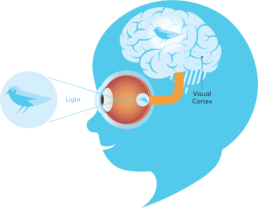
The image of your goldish reaches a part of the brain called the primary visual cortex. This area is made up of different layers, responsible for understanding specific components of an object such as its angles or edges. The visual information is then handled by two different systems in the brain, that process the details of your goldfish according to its shape, color, movement and its position in a space. Just like putting the pieces of a puzzle together, the brain combines all available information to construct and interpret a real-time image of your moving goldfish!
Latest Knowledge Articles
Seeing in 3D – importance of depth perception

The eyes can look normal but a difficult type of amblyopia to detect
